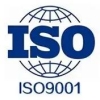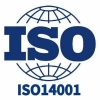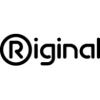New breakthrough in traditional chip packaging: the application of glass materials
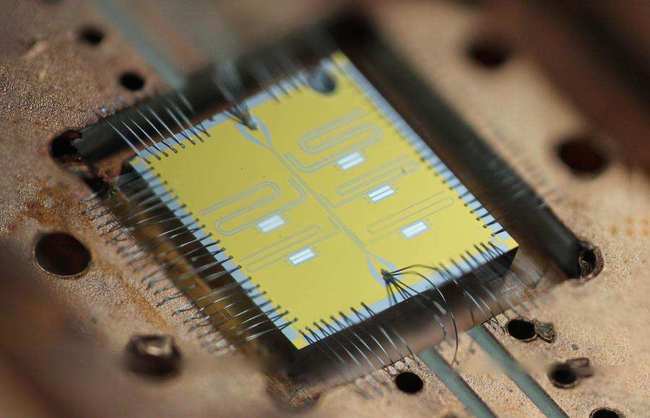
With the rapid development of semiconductor industry today, chip packaging, as an important part of semiconductor device manufacturing, has been facing many challenges. With the continuous miniaturization and integration of integrated circuits, the performance requirements of packaging materials are becoming more and more stringent. Recently, the application of glass material as a new packaging material is leading a major breakthrough in chip packaging technology. Whether it is in terms of electrical properties, thermal management or mechanical strength, glass materials show many advantages that make them stand out from traditional packaging materials.
The superiority of glass materials
First of all, glass materials have excellent electrical insulation properties. Compared with traditional resin packaging materials, glass performs better in high-frequency and high-speed applications, with low dielectric constant and low loss, which can effectively reduce signal attenuation and ensure the stability of the chip during high-frequency operation. This feature makes glass materials more widely used in 5G communications, automotive electronics and other fields, and can meet more and more demanding electrical performance requirements.
Secondly, glass has good thermal stability. Traditional polymer materials are prone to deformation and degradation at high temperatures, while glass materials can maintain stable performance at higher temperatures. This feature is essential for the management of heat generated by the chip during operation, effectively extending the service life of the device and reducing the failure rate. In addition, the thermal conductivity of the glass also allows it to dissipate heat more efficiently, improving the thermal management capability of the overall system, thus improving the reliability and performance of the equipment.
At the same time, the mechanical strength of the glass material is also better than that of traditional packaging materials. Glass has high compressive strength and impact resistance, making it better at resisting external impact and preventing package damage. For the needs of modern electronic devices used in complex environments, the mechanical tolerance of glass is particularly important.
Flexibility in package design
Specifically, glass materials enable chip packaging in a variety of forms and designs. For example, the use of glass substrates for 2.5D or 3D packaging can improve the interconnection between chips while maintaining package performance. This packaging method can not only save space, but also enhance the performance of the packaged machine.
In addition, the transparent nature of the glass material also brings new design concepts. For optoelectronic devices, such as lasers, BZX85C10TAP-BOX light detectors, etc., glass packaging can make the optical path design more flexible, more optimized optical design, and further improve the performance of optoelectronic devices.
Environmental protection and sustainable development
In today's society, environmental protection and sustainable development are paid more and more attention. Glass materials not only have advantages in packaging performance, but also their environmental characteristics can not be ignored. Compared with some traditional organic materials, the preparation and recycling process of glass materials is more environmentally friendly and will not cause environmental pollution. Moreover, glass itself is a recyclable material, which makes it an ideal packaging material choice in the context of the continuous pursuit of resource conservation and environmental protection.
Economic considerations
Although glass materials have significant advantages in performance, their application cost relative to traditional materials is still the focus of the industry. With the continuous progress of production technology, the production process of glass materials is becoming more and more mature, the mass production capacity is constantly improving, and the cost is gradually reducing. In addition, considering the high reliability and reduced maintenance costs in long-term use, the practical application of glass materials can often achieve a better cost performance in the overall cost.
Research and development trends and market prospects
With the continuous progress of technology, the research and development of glass materials in the field of chip packaging has shown a trend of continuous expansion. Driven by nanotechnology and intelligent manufacturing, there may be more innovative glass packaging technologies in the future. In terms of the market, as the demand for high-performance and high-reliability packaging for electronic devices continues to increase, the application prospects of glass materials are broad, especially in the fields of smart phones, the Internet of things, automotive electronics and other areas of demand is continuing to grow.
In the face of future development, research institutions and enterprises of glass packaging materials should strengthen cooperation to promote technological innovation and research and development. At the same time, through the improvement and promotion of industrial standards, to promote the wide application and popularity of glass materials in the field of chip packaging. In addition, the establishment of a professional team to focus on the application of glass materials in the packaging process will be an important way to enhance the competitiveness of the industry.
In the context of intensifying competition in the global semiconductor industry, how to effectively use new materials and new technologies to promote the progress of chip packaging will become an important issue worthy of attention for major manufacturers. The application of glass materials has undoubtedly brought new opportunities and challenges to the traditional chip packaging technology. In this field, participants must follow the trend of technological development and grasp the pulse of the market in order to win a place in the fierce market competition. With the continuous exploration and deepening of the application of glass materials in materials science, we expect that this emerging material can create more possibilities for the chip packaging industry and pave a broader road for the progress and development of electronic technology in the future.
The Products You May Be Interested In
 |
2115 | UNIVERSAL QI WIRELESS CHARGING M | 3075 More on Order |
 |
1190 | SWITCH PUSHBUTTON SPST-NO RED | 8010 More on Order |
 |
472 | SWITCH PUSHBUTTON SPST-NO PINK | 4410 More on Order |
 |
161 | PHOTO CELL (CDS PHOTORESISTOR) | 22776 More on Order |
 |
403 | ELECTROLUMINESCENT WIRE RED 2.5M | 2502 More on Order |
 |
445 | ELECTROLUMINESCN STRIP RED 100CM | 6660 More on Order |
 |
3803 | ADDRESS LED 64X32 FLEX RGB MATRX | 4716 More on Order |
 |
2477 | ADDRESS LED DISK SERIAL RGB | 8658 More on Order |
 |
2832 | ADDRESS LED STRIP SERIAL RGBW 5M | 3996 More on Order |
 |
1547 | ADDRESS LED STRIP SPI RGB 2080MM | 6372 More on Order |
 |
1050 | ADDRESS LED MATRIX I2C YELLOW | 5924 More on Order |
 |
2854 | ADDRESS LED RING SERIAL RGBW | 5148 More on Order |
 |
2561 | ADDRESS LED STRIP SERIAL RGB 1M | 7020 More on Order |
 |
3776 | ADDRESS LED MODULE SERIAL RGB | 4230 More on Order |
 |
1487 | ADDRESS LED MATRIX SERIAL RGB | 4860 More on Order |
 |
2862 | ADDRESS LED RING SERIAL RGBW | 8208 More on Order |
 |
2860 | ADDRESS LED MODULE SERIAL RGBW | 5706 More on Order |
 |
3484 | ADDRESS LED DISCRETE SERIAL RGB | 19488 More on Order |
 |
2260 | DISPLAY HDMI 5"" 800X480 TOUCH | 10104 More on Order |
 |
2354 | TFT DISPLAY - 800X480 WITH TOUCH | 6816 More on Order |
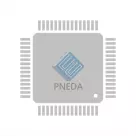 |
159 | DIFFUSED RGB (TRI-COLOR) LED - C | 5994 More on Order |
 |
4041 | DIFFUSED RED INDICATOR LED - 15M | 6216 More on Order |
 |
3162 | LED CHARLIEPLEXED MATRIX - 9X16 | 5562 More on Order |
 |
1681 | VS1053B MP3/WAV/OGG/MIDI PLAYER | 8370 More on Order |

